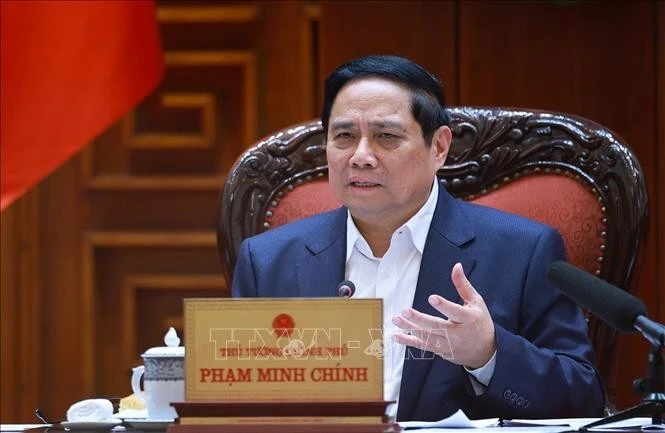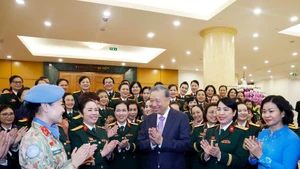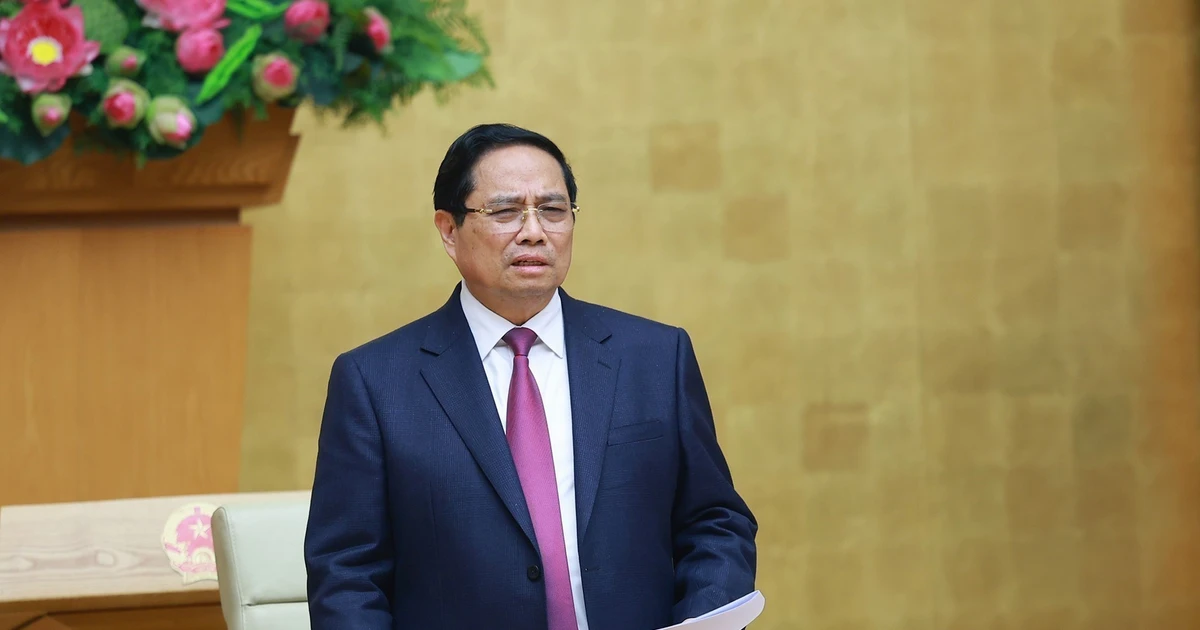Regardless of locality, Party committees and local authorities have demonstrated strong determination and decisive action, while cadres and Party members have shown enthusiasm and responsibility, even though they face numerous challenges.
The spirit of "running while lining up" is reflected in all stages when completing the project to arrange the organisational apparatus, merge provinces and reorganise commune-level administrative units, while making efforts to ensure growth targets.
Serious, urgent and scientific approach
Recognising that people’s consensus is the root of strength in turning Party policies and resolutions into reality, Party committees at all levels have intensified communication, mobilisation, and public consultation on the arrangement and organisation of administrative units at all levels. Under Resolution No. 60-NQ/TW of the 11th Plenum of the 13th Party Central Committee, the Standing Committees of Soc Trang, Hau Giang, and Can Tho proceeded promptly to gather public opinions on the reorganisation of administrative units. Results show that over 90% of participants agreed with the Central Government’s decision, with Hau Giang recording the highest agreement rate at 99.77%.
According to the central agencies’ assessment, the average consensus rate for public feedback on organisational arrangement, provincial merger, and commune-level administrative unit reorganisation was 96%. Typically, in Lai Chau, all 106 commune-level administrative units subject to administrative unit rearrangement have completed collection of voters' opinions with a consensus rate of 97.1%. According to statistics, all district-level, commune-level and provincial-level People's Councils nationwide have issued resolutions on approving administrative unit rearrangement projects with a consensus rate in most localities reaching 100%.
In light of the urgency, the motto “work doesn’t end when the clock strikes” has been rigorously adopted by Party committees, authorities, officials, and Party members in many localities. Pham Thi Thuy Duong, Deputy Director of Quang Ninh’s Department of Home Affairs, shared that the large workload is urgent, so the whole province works with a spirit of wholeheartedness and non-stop. In alignment with the policy of not maintaining district-level administrative units and implementing two-tier local governments, the Standing Committee of Quang Ninh Provincial Party Committee issued a series of leadership documents, built the projects upon receiving directives from Central agencies. The province also established a steering committee to conduct surveys, collect public opinions, and submit to the Executive Board of the Provincial Party Committee. All 13 districts, towns, and cities of Quang Ninh have approved their commune-level administrative unit reorganisation projects according to plan.
Clear timelines, content, and task allocation have enabled many localities to effectively direct their restructuring efforts, including Quang Binh, Binh Dinh, Thai Binh, Nam Dinh, and Dong Nai. In Hai Phong, the Standing Board of the Municipal Party Committee issued a comprehensive plan for administrative unit and organisational restructuring, as well as building a two-tier local government. The plan consists of 38 tasks, divided into four categories and four implementation phases. The Hai Phong Municipal Party Committee has also set up a permanent unit to receive, guide, and address queries and proposals from agencies and localities during implementation.
Party Committees of many localities have proactively coordinated and accelerated the implementation progress. The Party Committees of Khanh Hoa and Ninh Thuan jointly developed a project to merge the two provinces, including a unified implementation roadmap, office arrangements, public asset management, and staff support mechanisms. In April 2025, the Standing Boards of the Party Committees of Phu Tho, Vinh Phuc, and Hoa Binh issued an inter-provincial resolution to establish a joint steering committee for provincial merger implementation.
Through these collaborative efforts, many Party committees have offered evaluations and submitted recommendations to the central agencies for resolving challenges. The Party Committees of Ha Nam, Ninh Binh, and Nam Dinh jointly recommended that the Government soon provides specific guidance on the arrangement of commune-level officials who were elected but have not yet completed five years in office; issue regimes and policies for non-professional commune-level employees after reorganisation.
According to the assessment of the Central Government, localities are completing organisational restructuring, provincial mergers, and the establishment of two-tier local governments on schedule, demonstrating early successes in meeting key objectives. These include: completing the organisational apparatus of the political system from central to grassroots level; promoting administrative reform and improving management and operation efficiency; streamlining the apparatus and reducing budget expenditure; creating new space for socio-economic development; creating breakthroughs in planning and investment attraction; and enhancing national stature.
Maintaining growth targets
In parallel with the revolution of streamlining the organisational apparatus, building a two-level local government, merging provinces, and reorganising commune-level administrative units, the Central Government requires special attention be paid to the task of local socio-economic development, ensuring the good implementation of the set growth targets. Implementing the direction, Party Committees at all levels strive to overcome difficulties and promote internal resources for development.
For the 2020–2025 term, Quang Ninh has set an economic growth target of 8%. Having surpassed this target over the past four years and aiming for further breakthroughs, the Standing Board of the Provincial Party Committee issued Notice No. 1496-TB/TU. The province now aims for a gross regional domestic product (GRDP) growth rate of at least 14% in 2025, higher than the target assigned by the Prime Minister. To achieve this target, Quang Ninh is focusing on enhancing policy implementation, streamlining administrative procedures, and improving the investment and business climate. Efforts are being concentrated on resolving challenges, particularly in planning, investment, land, and site clearance. As a result, the province's GRDP in the first quarter of 2025 is estimated to have grown by 10.91% year-on-year, ranking seventh nationwide, 0.4 percentage points above the growth scenario.
Promoting the advantage of its location in the middle of two dynamic economic corridors, Ha Noi–Dien Bien and Hai Phong–Lao Cai, Lai Chau is implementing a development strategy based on one axis, two zones, three pillars, and four breakthrough tasks. The breakthrough tasks include: building synchronous infrastructure; boosting administrative reform; improving human resource quality; and developing concentrated commodity agriculture focusing on key products, specialty products with high value and economic efficiency
Thanks to the right development strategy, suitable for natural and social conditions, Lai Chau has established a strong foundation to achieve the growth target of 8%/year, as set by the Central Government. Economic growth continues to be promoted, GRDP in the first quarter of 2025 is estimated at 11.32%, 4.49 percentage points higher than the proposed scenario, ranking 5th nationwide. Many economic indicators have increased compared to the same period in 2024: budget revenue has increased by 88%, industrial production value has increased by 39.4%; total retail sales of goods and service revenue has increased by 13.4%; total number of visitors and tourism revenue have increased by 7% and 25.1% respectively.
After merging with Hai Duong Province, Hai Phong City will have many advantages in industrial development. To exploit its strengths, the Hai Phong City Party Committee has developed a project "Building a socialist model associated with socialist people in Hai Phong City in the period of 2025-2030 and the following years", which includes 11 models to concretise the goals, such as “Innovation city,” “Green industrial clusters with modern and environmentally friendly technologies,” and “Eco-friendly service businesses without single-use plastics at tourist sites.”
These models not only improve labour productivity and competitiveness but also enhance product quality, attract selective investment, and promote sustainable consumption. They form a solid foundation for the city to achieve its growth target of 12.5% in 2025, and to aim for growth rate of 15.65% during the 2026–2030 period.
The determined and well-directed leadership of local Party Committees has made a positive contribution to national socio-economic development. According to the Government’s report, the socio-economic situation over the past five months has continued to show positive developments. The macroeconomy remained stable, inflation was under control, growth was being promoted, and major economic balances were maintained. The Index of Industrial Production (IIP) increased by 8.8% overall. More than 9.2 million international visitors arrived in Viet Nam, up 21.3% year-on-year. Foreign direct investment (FDI) remained a bright spot, with total registered capital reaching 18.4 billion USD, an increase of 51.1%.
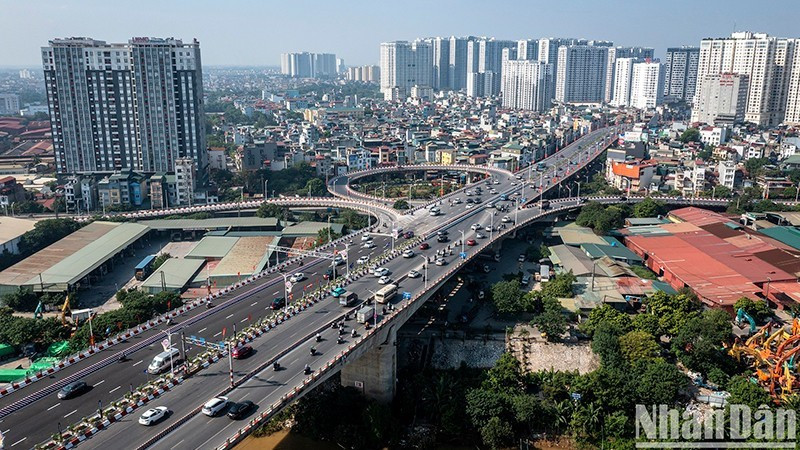
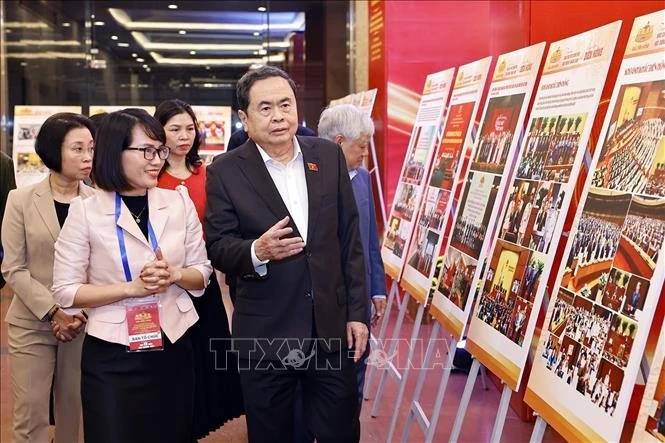
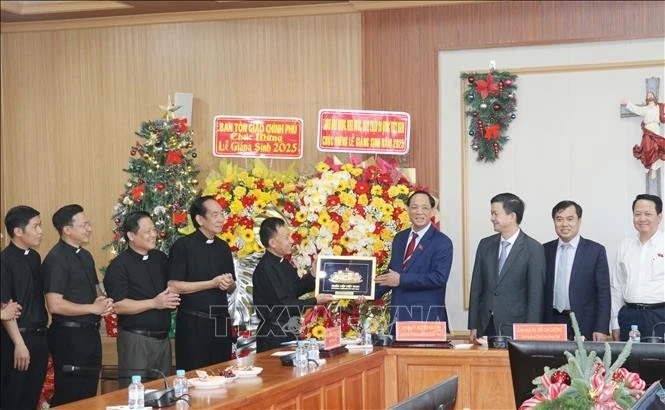
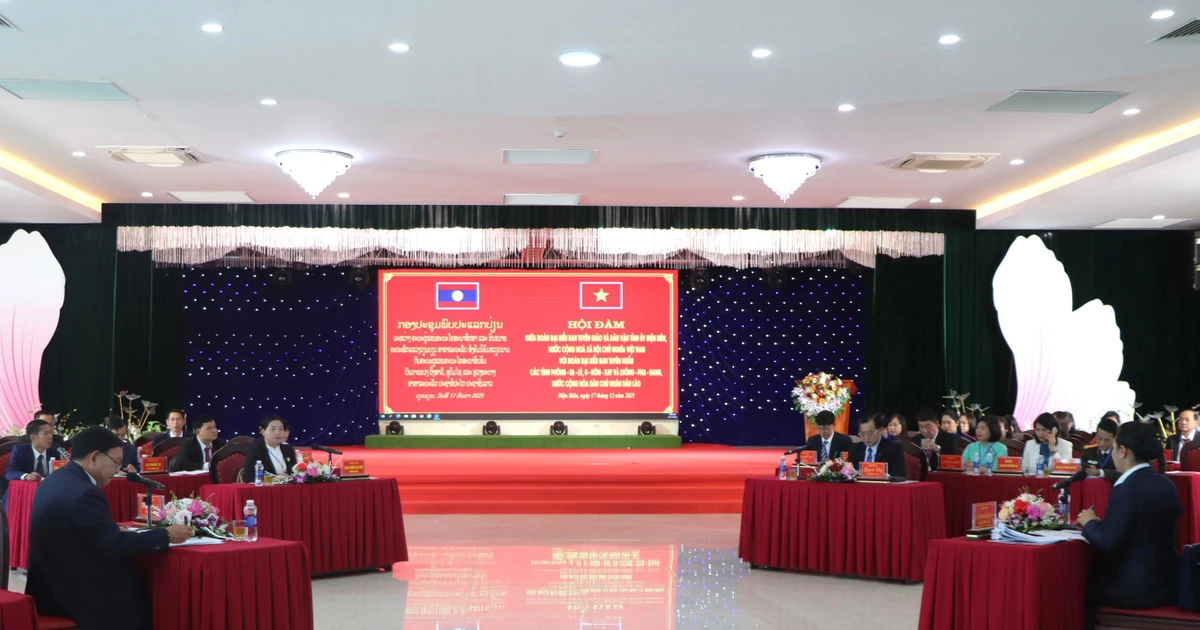
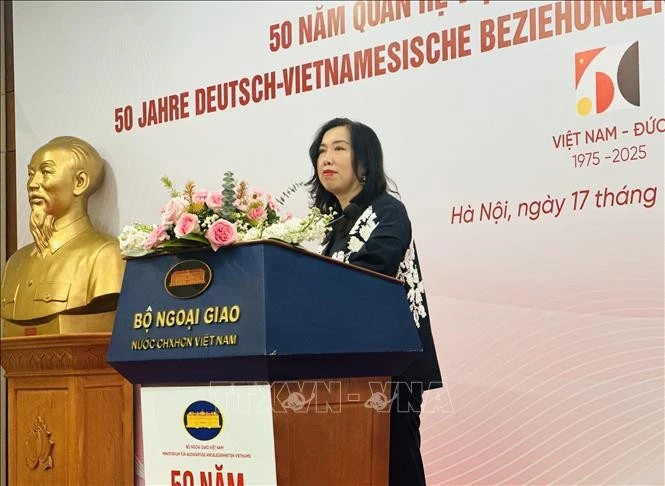
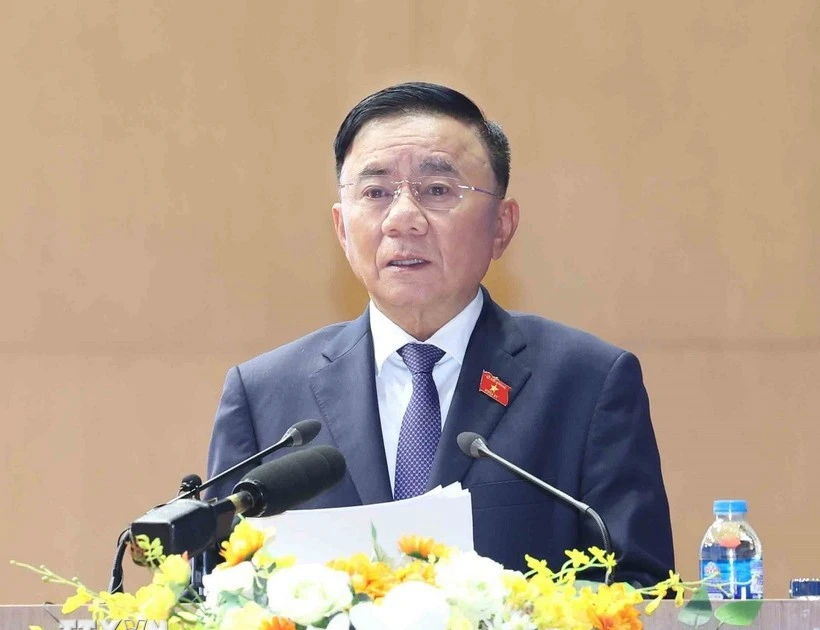


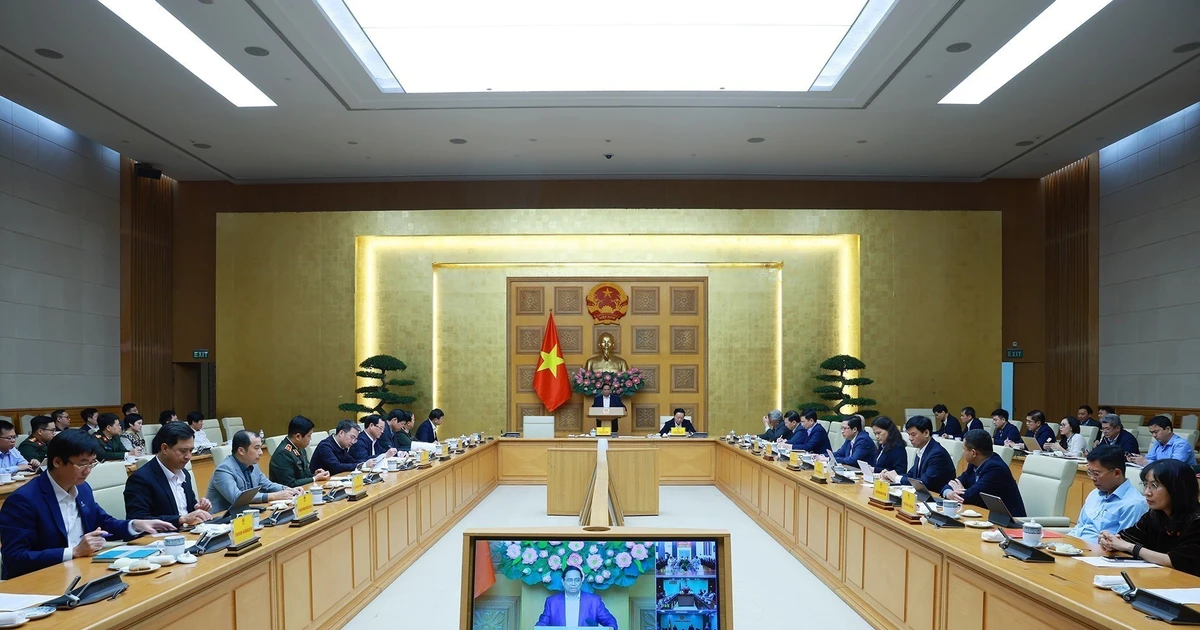
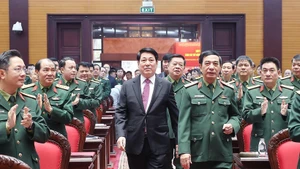
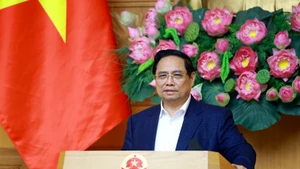

![[In Pictures] President Luong Cuong attends 2025 National Political-Military Conference](https://cdn.nhandan.vn/images/22f099ca8bc7ae81aa2a8d3416a84bf8f1fb70d71449a5e59c429f35d62edd7b904ff5e5499a5122b7234d367da37c7e97d67b378db0ac220574640b741d3d71/ndo_br_1.jpg.webp)
